The realm of the nomadic Scythians stretched all the way across the vast Eurasian steppes, with their center of power being mainly based along the regions of the Black Sea coast (in present-day Ukraine and southern Russia). Now, in terms of history, the rise of the ‘Europoid’ Scythians paralleled the adoption of unorthodox warfare and expertise in horsemanship, mainly from the period of the 7th century BC till the 3rd century BC.
A biblical prophet once made an ominous statement about these dangerous nomads from beyond the civilized lands – “they are always courageous, and their quivers are like an open grave. They will eat your harvest and bread, they will eat your sons and daughters, they will eat your sheep and oxen, they will eat your grapes and figs”.
War and Inspiration
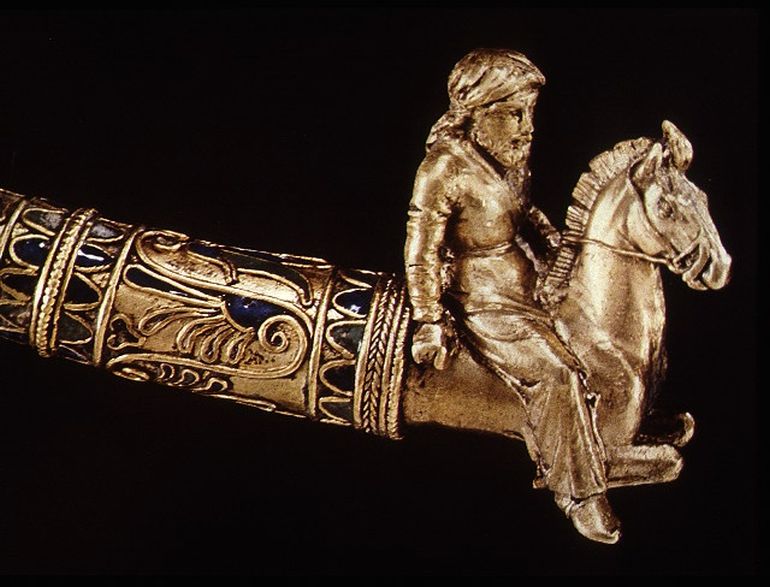
There are historical incidences that do allude to what at first may seem hyperbolic authorship on the part of ancient writers and prophets. One of the pertinent examples relates to how the Scythians managed to invade Assyria (the superpower of the time) and even reached the borders of Egypt during 650 BC – a period that only mirrored the nascent beginnings of these nomads.
Other sources talk about how they controlled the bulk of the slave trade in the Iron Age via the Greek Black Sea colonial ports of Olbia, Chersonesos, and Cimmerian Bosporus. However, beyond their savage ferocity, plundering tendencies, and acumen for sustained warfare (which Darius learned the hard way), the Scythians had demonstrated their expertise in another field. And this ironically pertained to their penchant for creating fascinating specimens of gold-made artworks and artifacts.
To that end, much of the archaeological legacy of the nomadic Scythians comes from their large burial mounds (also known as kurgans), some of which rise over 20 m or 70 ft. Dotting the expansive scope of the Eurasian steppe belt, these mounds are found in disparate areas ranging from the Balkans, and southern Russia to Mongolia and even Siberia.
Suffice it to say, the tombs are still the largest source of Scythian gold artifacts and objects – with their art style being seemingly inspired by the neighboring cultures around Scythia. In other words, the influences are varied in their scope with Greek, Urartian (ancient Armenian), Iranian, Indian, Chinese, and local nature of craftsmanship playing their crucial roles in developing the unique and intricate ‘Scythian art’.
The Penchant For Mythical Beasts
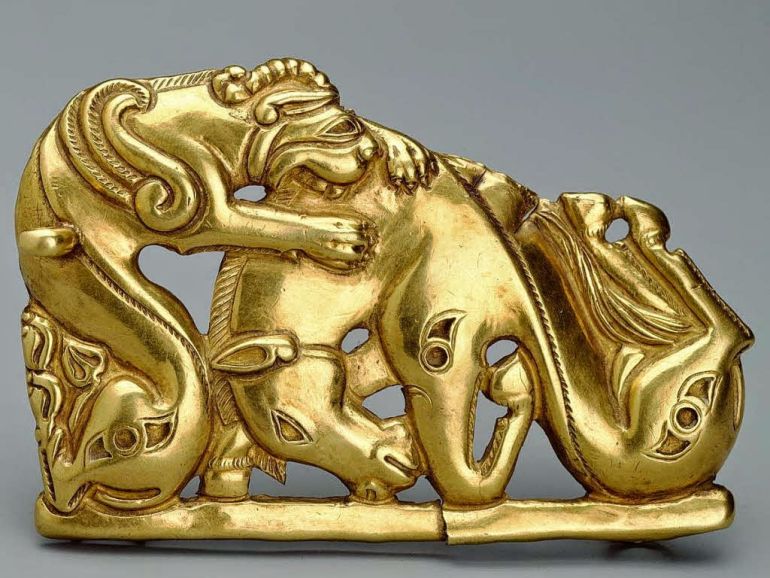
Now, in terms of discoveries made by archaeologists and historians, the ‘epicenter’ of Scythian art can be pinpointed at Panticapaeum, the capital of the Greek Bosporan Kingdom that occupied the Crimean Peninsula (thus forming an important trade link between Scythian lands north of the Black Sea).
In essence, the craftsmanship exhibited by the numerous Scythian gold artifacts may be worked on by both Greek and indigenous artisans, while others were imported over a long distance from the Greek mainland. However, there is one element of this art style that stands out, and it relates to the predominance of zoomorphic symbology in the Scythian gold artifacts.
Simply put, Scythian art demonstrated by their gold objects generally comprises a host of beast depictions, including stags, lions, panthers, horses, birds, and even mythical creatures (like griffins and sirens). The animals were often complemented by depictions of humans, including their faces, bodies, and sometimes groups of men – taking part in scenes like fighting, herding, taming horses, and even milking sheep.
Another thematic element that is often found in many of such artifacts (discovered in the western Scythian lands) relates to the use of Greek motifs (specifically from their mythology and history), which in turn are complemented by the Greek style of ornamentation and floral patterns.
Gold And Sacrifice
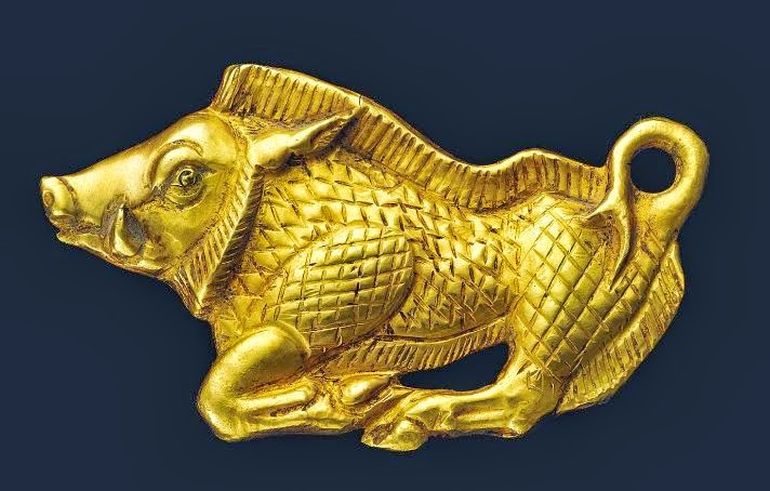
But this doesn’t necessarily mean that the eastern realms of the Scythians lacked such intricately crafted artifacts. The case in point was made by the incredible discovery (in 2003) of a relatively unharmed kurgan located in the Republic of Tuva, which is a little-known precinct of Siberia. This expedition headed by Konstantin Chugunov of the State Hermitage Museum in St. Petersburg unveiled two skeletal remains accompanied by lots and lots of gold.
The amazing hoard comprised a whopping 5,700 pieces of gold objects – including a gorytus (a combination of quiver and bow case), an impressively robust chest pectoral (an ornament that weighed over 3.3 lbs), a small pectoral, foot-long headdress pins, gold-inlaid daggers, and small animal figures of lions and boars.
A more recent excavation project (conducted in 2015) unearthed solid gold objects from the Caucasus mountains, and this hoard included two bucket-shaped gold vessels, three gold cups, a gold bracelet, and a heavy gold ring. Historians believe these Scythian gold artifacts were actually used to brew a concoction of strong opium concoction, which was then consumed simultaneously with cannabis.
Lastly, in terms of the ‘paradox’, the fascinating discovery of 2003 epitomized the juxtaposition of brutality and creativity – that existed side-by-side in the Scythian society. How so? Well, the aforementioned remains were analyzed and found to match a 45-year-old male and a 35-year-old female; with both ages being a decade lesser than the average life expectancy of these hardy nomads.
Quite intriguingly, the archaeologists also determined that the couple had been buried within the same time period – thus signifying that the woman might have been ritually sacrificed to join her partner in the afterlife. As Chugunov put it forth in a grim manner – “maybe she was poisoned, or maybe she chose to die to be with her husband.”
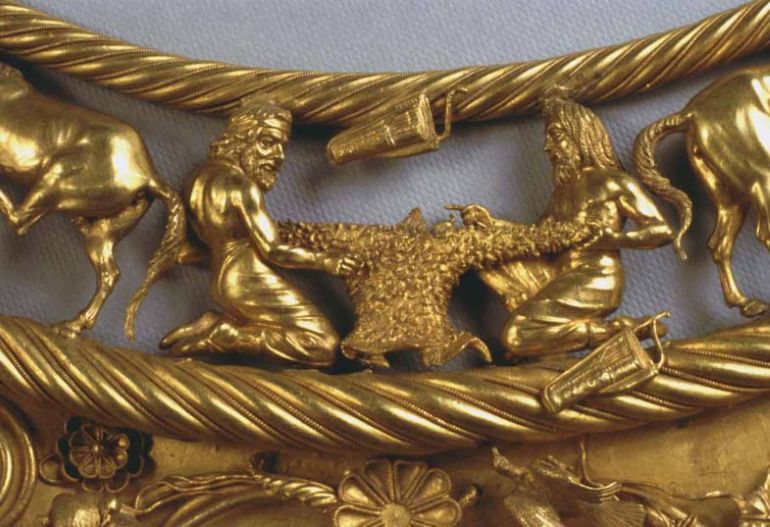
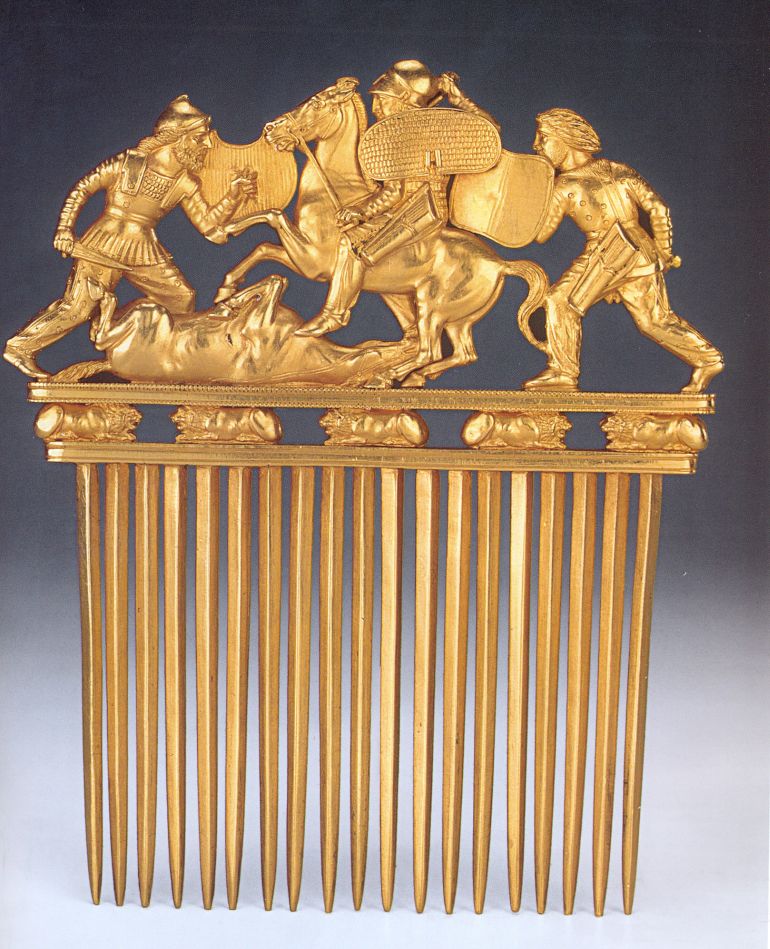
Sources: NationalGeographic / EncyclopediaofUkraine
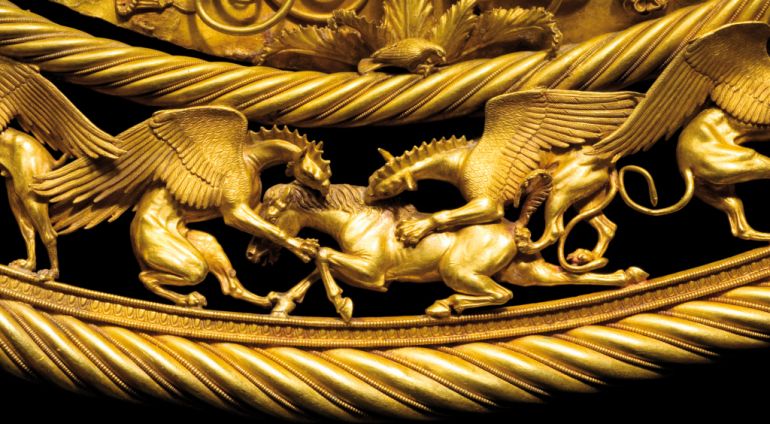
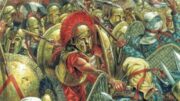
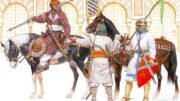
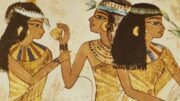
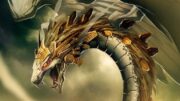
Be the first to comment on "Workmanship Beyond Warfare: The Fascinating Case Of Scythian Gold Artifacts"